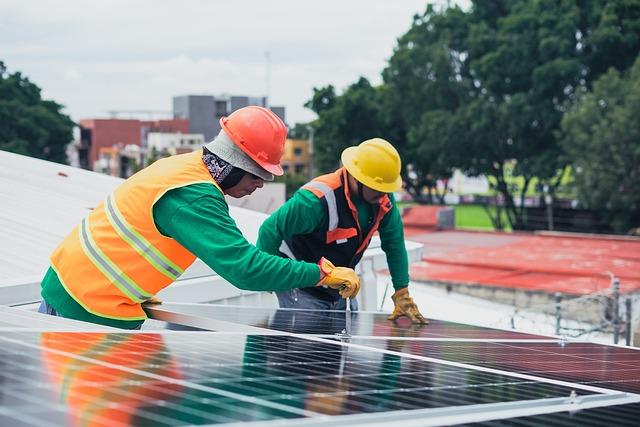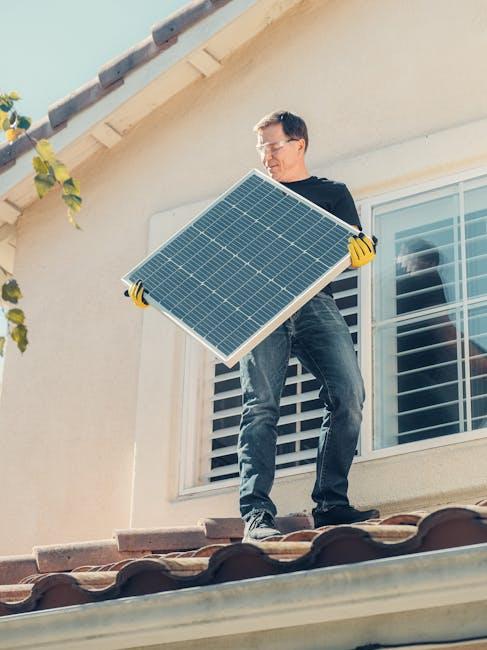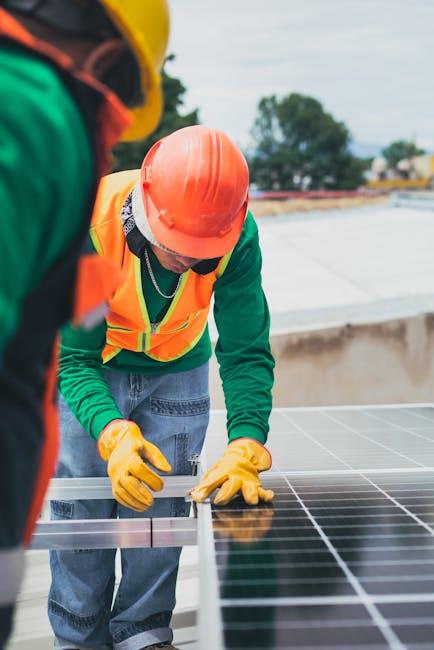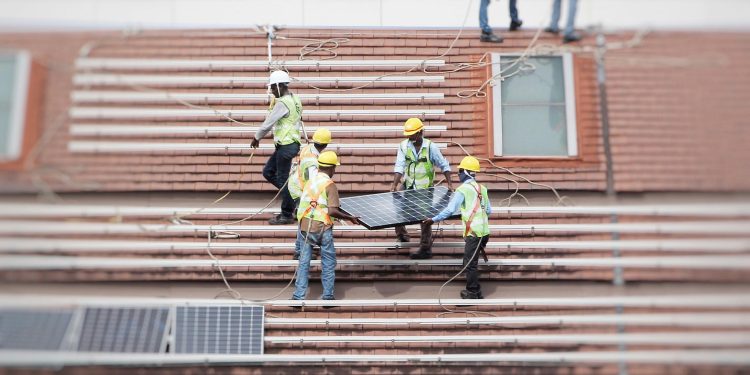In an age where the sun’s rays are increasingly harnessed to power our homes and businesses, the decision to install solar panels is both an environmental and financial investment. Yet, as the solar revolution gains momentum, one question remains at the forefront of potential adopters’ minds: What determines the price tag of solar installation? The answer is a complex tapestry woven from various factors, each playing a significant role in the final cost. From the materials that capture sunlight to the labor that installs them, and from regional regulations to the unique characteristics of each property, the elements influencing solar installation costs are as varied as the sunlit landscapes they seek to empower. Join us as we explore the intricate dynamics that shape the financial landscape of solar energy, offering insights into the most impactful determinants of solar installation pricing.
Factors Influencing Solar Installation Costs and Their Impact
The cost of installing solar panels is shaped by a myriad of factors, each contributing to the final price tag in unique ways. Among these, the type and quality of solar panels chosen can significantly sway costs. High-efficiency panels, while pricier upfront, can offer better long-term savings due to their superior energy conversion capabilities. Conversely, opting for budget-friendly panels may reduce initial expenses but could potentially lead to higher maintenance costs over time. Additionally, the size and configuration of the solar system play crucial roles. Larger systems naturally require more materials and labor, escalating costs, yet they promise greater energy output, often resulting in more substantial savings on electricity bills.
Moreover, geographical location and the availability of incentives are pivotal. Regions abundant in sunlight will yield more energy, enhancing the return on investment, while areas with limited sun exposure might necessitate more panels or advanced technology to achieve desired energy levels. Incentives such as tax credits, rebates, and grants can considerably lower the overall cost, but their availability and size vary widely by location. Other influential elements include:
- Labor and installation fees – influenced by the complexity of the installation and local labor rates.
- Permitting and inspection costs - these can vary significantly depending on regional regulations.
- Roof characteristics - factors like roof pitch, material, and accessibility can affect installation difficulty and time.
- Energy storage solutions – incorporating battery systems can increase upfront costs but provide energy independence.
Understanding these variables is crucial for anyone considering solar energy, as they not only affect initial costs but also impact the long-term financial benefits of the investment.

Understanding Equipment Quality and Its Role in Pricing
When delving into the intricacies of solar installation pricing, one pivotal factor emerges: the quality of equipment. The components used, ranging from panels to inverters, directly influence not only the system’s efficiency but also its longevity. Premium solar panels, for instance, often boast superior energy conversion rates and durability, which can translate to higher initial costs but greater long-term savings. On the other hand, budget-friendly options might offer lower upfront prices but could compromise on performance and lifespan.
- Solar Panels: Higher quality panels typically mean higher prices due to better materials and more advanced technology.
- Inverters: Essential for converting solar energy into usable electricity, the efficiency and reliability of inverters can vary significantly.
- Mounting Systems: Durable and well-engineered mounts ensure stability and longevity, which can affect costs.
It’s crucial to weigh the initial investment against potential savings. While opting for top-tier equipment might seem costly, the enhanced performance and reduced maintenance needs often justify the price. The choice of equipment is not just a matter of immediate expense but a strategic decision that can shape the future value and efficiency of your solar energy system.

The Influence of Labor Costs on Solar Installation Expenses
Labor costs play a crucial role in determining the overall expenses of solar installation. These costs encompass the wages of skilled workers, technicians, and project managers who are responsible for the proper setup and functioning of solar systems. The influence of labor costs is significant as they can vary based on geographical location, availability of skilled professionals, and the complexity of the installation project. In regions with a higher cost of living, labor expenses tend to rise, impacting the total cost of solar installation.
Several factors contribute to the variability of labor costs in solar projects. Considerations include:
- Regional wage differences: Areas with a high demand for solar installations may see increased labor costs due to competition for skilled workers.
- Experience and expertise: Hiring highly experienced technicians may ensure quality but often comes with a higher price tag.
- Project complexity: Unique or large-scale installations might require specialized skills, further affecting labor expenses.
Balancing these factors is essential for optimizing the cost-efficiency of solar installations while ensuring high-quality execution.

Maximizing Savings Through Strategic Planning and Incentives
Understanding the intricacies of solar installation pricing can unlock significant savings opportunities for homeowners. By adopting a strategic approach, you can navigate the complex landscape of solar costs and leverage available incentives. Here are some key strategies to consider:
- Evaluate Federal and State Incentives: Tax credits and rebates can substantially lower the initial investment. Keep an eye on both federal and state-level programs, as these can vary significantly based on location.
- Optimize System Size: Tailoring the size of your solar system to your energy needs can prevent overspending. Conduct a thorough energy audit to determine the most efficient system size for your household.
- Consider Financing Options: Explore different financing methods such as solar loans, leases, or power purchase agreements. Each option has unique benefits that can impact overall savings.
- Choose the Right Installer: Partnering with a reputable and experienced installer can ensure quality workmanship and maximize the long-term performance of your system.
Implementing these strategies not only reduces the upfront costs but also enhances the return on investment, making solar energy a financially savvy choice for the environmentally conscious homeowner.
Concluding Remarks
As we reach the end of our exploration into the factors influencing the cost of solar installations, it’s clear that the journey toward harnessing the sun’s energy is shaped by a myriad of variables. From the intricacies of equipment choices to the nuances of local regulations, each element plays its part in crafting the final price tag. Yet, amid these considerations, the promise of solar energy remains steadfast—a beacon of sustainability and innovation. As technology advances and awareness grows, the landscape of solar installation continues to evolve, offering both challenges and opportunities. In understanding these dynamics, we empower ourselves to make informed decisions that illuminate not just our homes, but also the path to a brighter, more sustainable future.

































